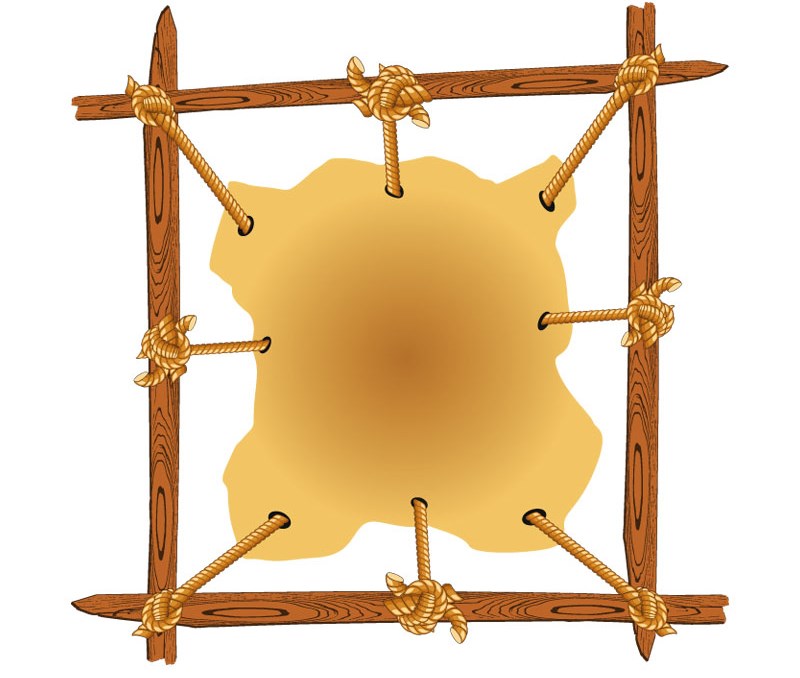THUNDER BAY - An artist from Northern Ontario will have her work on display around the world for millions of people to see and share in celebration of Indigenous History Month.
Janelle Wawia of Opwaaganisining First Nation north of Thunder Bay designed an emoji for Twitter Canada for Indigenous History Month.
“I was contacted by Twitter to create the emoji,” Wawia said. “There’s no way I could turn down this opportunity. It was a short deadline and turn around but I'm happy how it turned out!”
Wawia is a self-taught Anishinaabe artist who often combines contemporary and traditional styles in her work. She has worked with fashion pieces involving fur, leather, and textiles and she is also a painter. She said her work is often influenced by the spirit world and focusing on women and connections to the land.
In 2014, Wawia received a Juror’s Award from the Thunder Bay Art Gallery for her Fur Hood Scarf and in 2016 she won the Barbara Laronde Award through Native Women in the Arts in Toronto.
“I began taking my art seriously and spending more time on it in 2009 but I've always loved art since I was a kid,” Wawia said. “I grew up on Lake Helen reserve, I come from a large family. I am an active trapper with my family, work full time, an award winner, I am working on my master’s degree in counselling Psychology and I love being on the land and on the water.”
When designing the emoji, Wawia said two images came to mind – a piece of fry bread and a moose hide tied to a stretcher.
Last year, Wawia joined other Indigenous artists from across Canada at the urban hide tanning program at the Banff Art Centre.
“Not a day goes by that I am grateful for this knowledge. This experience in my lifetime, to share with others, to keep learning and to keep my dream alive. From trying to tan moose hide on my own and then learning from master hide tanners from the Northwest Territories in Alberta,” she said in a Twitter thread.
“Hide tanning is nothing like I’ve experienced before. I am a trapper, I have skinned hides and made jewelry and fashion using textiles from the land but this is like no other. If you get a chance to learn from your grandmothers or aunties, or friends, or grampas or uncles.”
Wawia ultimately decided to pursue the moose hide design for the emoji and it was both challenging and exciting, she said.
“I had two designs in mind and went with the one closest to my heart,” she said. “It represents a new journey for me and to continue with the teachings I received from elders and mentors. The only challenge I faced was having enough skill on a digital design program. I was able to get help with that and I'm forever grateful.”
Last year the emoji was designed by Chippewa/Potawatomi artist Chief Lady Bird and included the depiction of a turtle with a tree on its back.
"For the second year, Twitter has engaged with Indigenous artists to create an emoji for National Indigenous History Month,” Wawia said on Twitter. “I was elated and honoured to be asked to complete this year’s emoji.”
The emoji can be unlocked when using the following hashtags: #IndigenousHistoryMonth #IndigenousPeoplesDay #NIPDCanada #MoisHistoireAutochtone #JournéeNationalePeuplesAutochtones #JNPACanada.
